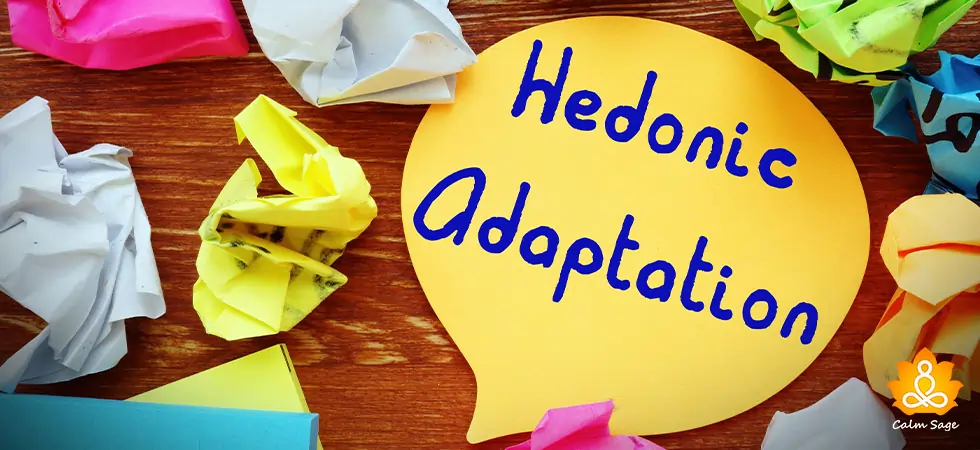Being Still: Explore The Benefits Of Stillness And How To Practice Stillness

Life is hectic. No matter how hard you try to accomplish your dreams or reach your goals, it’s never enough. With so much going on in your life and the world that finding time to reflect on inner peace is almost impossible.
So how do you stop? How can you escape the chaos? What if I tell you the answer is in being still? Would you believe me?
Stillness can be defined as the ability to be quiet and remain unmoving. In our chaotic life, finding stillness is not easy and sometimes almost impossible to find when we need it. Author Ryan Holiday believes that if an individual can find peace within, they could reach apatheia, a state of mind in which one is not disturbed by passions.
Sounds extraordinary yet hard to achieve, doesn’t it? While it may sound difficult, with enough patience, practice, and conscientiousness you can achieve and unlock the power of being still. Below, let’s explore the benefits of stillness and how you can practice stillness.
The Benefits Of Stillness

When we talk about practicing stillness, the key is to set an intention, how you’re carrying yourself, and to focus on what is within your control. You can practice being still when you’re walking slowly, sitting, or even lying down. The aim is to reduce the external stimuli (for example, dimming the lights and lowering the music, etc.)
When you practice being still, you allow yourself some time and space to reflect on your thoughts and focus on what you’re thinking. Another benefit of stillness is that it allows your nervous system to calm down. Stillness can be a great stress reliever as it allows you to check in with yourself. It also helps reduce the sympathetic nervous system (the fight or flight response).
Other benefits of stillness can include:
Helps You Let Go
With stillness, the key is to focus on your thoughts but not engage in them. Stillness urges you to let go of your thoughts and worries to just be. This practice helps create space for what will work and helps you let go of what doesn’t.
Helps Tap Into The Intuition
Everyone tells us what we should do, how we should do it, and when we should do it. Among all these instructions, we often forget to tap into our intuition. When you learn to be still, you also learn how to quiet the other voices and listen to your intuition.
Helps You Stay In The Present
The anxiety and stress you experience mostly comes from either dwelling on the past or thinking about the future. When all these thoughts are in your mind, you forget to be in the present and miss the little moments of joy. Stillness can help you stay in the present rather than think about the past or the future.
Helps Bring Clarity
Another benefit of stillness is that it can help you find clarity in your thoughts. When you pause and breathe, you direct your mind to think about a different perspective. Stillness allows you to step back from the middle of a problem and think clearly about a solution.
Helps Increase Creativity
One of the benefits of stillness is that it helps increase creativity. How? Well, stillness helps activate your right brain, the creative center. When activity in your right brain increases, it often provides a different perspective and can bring some creative results.
Helps Improve Sleep
Stillness helps you achieve a relaxed state of mind. When you’re relaxed and there are hardly any worries swirling around in your mind, sleep comes easily. When you practice stillness, it can help you relax and unwind right in time for a good night’s rest. Even if you wake up in the middle of the night, practicing stillness can help you fall asleep quickly.
Helps Cope With Adversity
You might face hardships one way or another in your life. However, there’s a great way of dealing with adversities you face. Yes, stillness. When you practice being still, you learn how to tap into your inner peace. While this may not change your situation or solve your distress, stillness may help you cope with it.
How To Practice Stillness?

Here are some ways you can learn how to be still:
1. Take Deep Breaths: Deep breaths can help engage the parasympathetic nervous system which helps slow your heart rate and helps you relax. Taking deep breaths can be a good start to practicing stillness.
2. Practice Whenever: The best thing about practicing stillness is that you can do it anywhere, anytime! Whenever you’re feeling stressed, you can take a quick break, retreat to a park, and have a few minutes to yourself. Practicing stillness is all about being in the moment. So when the moment hits, practice stillness.
3. Schedule Your Practice: If you can’t practice stillness in the moment, you can schedule your practice. However, if you’re keeping a schedule, make sure you set an alarm. This way, you’ll know (and so will others) that this time is your “me time” and no one should disturb you.
4. Pick Your Favorite Place: While you can practice stillness anywhere, it’s recommended that to begin, you pick your favorite place. It can be a park near your home, your terrace, your bedroom, or your meditation room. Being in your favorite place can help you connect with yourself better than being in an unknown place.
5. Play Soft Music: No rule says that to practice stillness, you need to shut off all external stimuli. Many people find music a helpful tool and you can use music too. However, remember to pick slow and soft music. Music can also help when the silence becomes too much.
6. Repeat Calming Mantras: If you’re comfortable with it, then you can use some calming mantras or affirmations to bring a structure to your stillness. You can repeat phrases such as, “I am still.” “I am calm.”,
There’s no right or wrong way to practice stillness. The key is to tap into your inner self and avoid stressors in your chaotic world. Just because your life and the world around you are hectic and chaotic does not mean you should be too.
Remember, “Be still. In that focus, all else comes into focus. In that rift in my routine, the universe falls into alignment.” – Philip Yancey
I hope this article helped you learn the benefits of stillness and how you can practice stillness. For more, you can write to us at info@calmsage.com or DM us on social media. You can also share your thoughts with us in the comments section below.
Take Care!




















